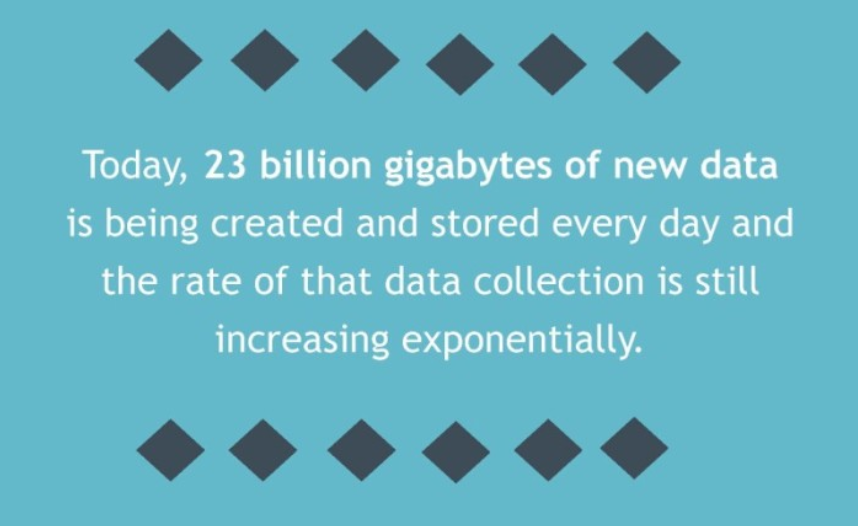
A lot of people don't treat network marketing seriously because of the price. For under $100 a month, a person can become a home-based entrepreneur.
For under $100 a month, someone can become an independent business owner with the ability to make unlimited income.
Sound too good to be true?
It is in most people's minds that's why they don't take it seriously.
They treat it like a little hobby thing. . .
Or, like a lottery ticket, where if they just brought in that ONE person they'd be rich.
Or, they work on it for a week, then they leave it on the backburner.
Here's the bottomline:
Yes, you can become a home-based business owner for $100 a month.
That's the price of the product.
You buy what you want for your personal use.
You then have access to marketing tools by the company to help you promote the product (that you buy yourself) to a customer base.
There's no reason you have to spend thousands of dollars for a home-business.
With a network marketing business, you get:
The network marketing company does all this for you.
When someone signs up on your company-provided landing page (a marketing web page that collects your prospects email and name) the company emails your prospects for you.
Everything is practically done for you.
Why does the network marketing company do all this for you?
They do this because they want awareness for their product.
Just like how Monster Energy pays people to put their decals on their cars.
Just like how almost all businesses want their name to become thee "it" brand.
A network marketing company doesn't have a huge overhead like corporations.
A network marketing company can use systems and just a few departments to get the product out the doors.
They don't need 10,000 employees and huge offices.
A lot of network marketing companies are operated from the "cloud" and from the CEO's laptop.
With these huge savings on overhead, the network marketing passes the profits onto the distributors, because the distributors are the ones out there pounding the pavement and getting product awareness for the company.
Where does the huge income come from then?
The huge income from network marketing comes from leveraging the efforts of hundreds or thousands of distributors within an organization.
Unlike a pyramid scheme, which has no product and "all the people at the top make the money," network marketing distributors all start at the bottom.
We have to create our organization from scratch.
Yes, some leaders can bring their organization from one company to another, but everyone starts from zero.
For instance, I started in two MLM companies that were really young.
I could have easily been at the top if it were a ponzi or pyramid scheme, but I wasn't.
I was passed up by leaders who were better at recruiting and building relationships than I was.
I had to build my organization one person at a time.
There were no free handouts because I joined early.
The huge money comes from teaching everyone on your team how to recruit two new people a month.
It's combining the little efforts of a lot of people that create massive income.
And, when someone reorders for the month, you get residual income.
So, the big leaders in network marketing move thousands or millions of dollars worth of product each month and get a commission.
It's almost like the insurance business.
If you had lots of clients that renewed their insurance each month, you would get a percentage of that.
Treat it Like a Franchise if You Have to
If you dropped $200,000 into a Dunkin Doughnut's franchise, you bet you would work your butt off to make a profit.
If you had the same kind of motivation in network marketing as you did with a franchise, you would be making some pretty good residual income in 2 to 5 years.
The thing is: You have employees with a franchise and you work long hours.
You have to work long hours in the beginning of a network marketing business, but once you get a few hundred or thousand people in your organization, it gains momentum on its own and your residual income gets bigger and bigger whether you work or not.
Bottomline: The network marketing business model cannot be ignored.
It has helped millions of people change their life for the better, along with financial independence.
The dividends of MLM pay a lot more than a savings account at a bank.
It's time to seriously take a look at the business, and treat it as if you dropped $10k.
Thanks for reading!
B.T.W. We're looking for individuals who are success-driven with a desire to make Extra Income from Home. If you'd like more information, please click the button to take a FREE Tour:
Take a FREE Tour HERE
Sincerely,

Income disclaimer:
The owner of this blog may receive compensation when products and services featured herein are purchased. Results are unique. Your results will vary in your business. It's the law that I tell you that I might make some money and that you may or may not.
Source: Want $10k a Month in Network Marketing Act Like You Invested $10k





